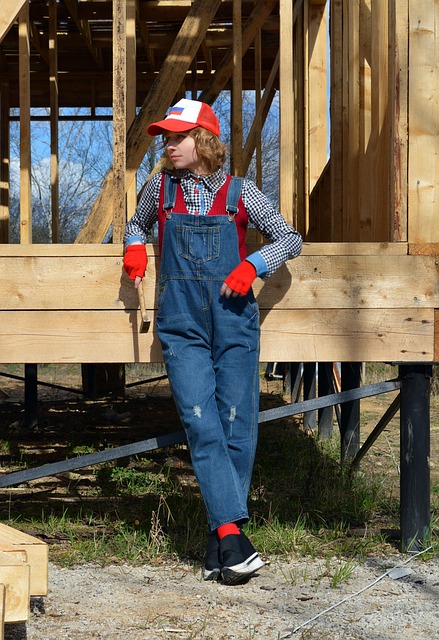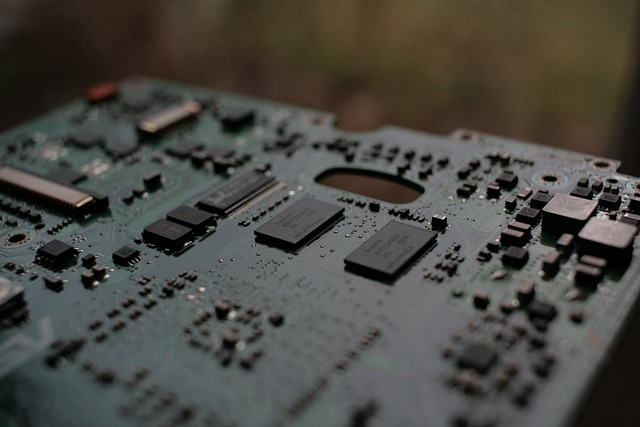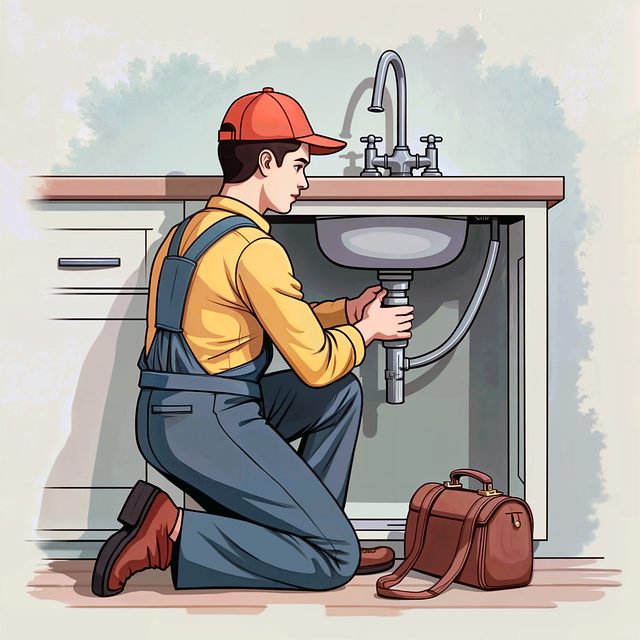Residential stem walls are crucial for home stability, protecting against soil erosion, ground movement, and moisture damage. Common issues include cracks, tilting, and water intrusion. Early detection through regular inspections is key to preserving structural integrity. Modern repair techniques use advanced materials like epoxies and composites for durable solutions. Choosing the right material depends on budget, climate, and local codes. Prompt professional repair prevents further damage, saves costs, and increases property value.
“Stem walls, a crucial component of residential foundation stability, often face challenges from various environmental factors and structural stress. This article delves into the intricate world of residential stem wall services, focusing on common issues, their causes, and effective repair techniques. We explore advanced methods to mitigate damage, emphasizing the selection of durable materials for long-lasting solutions. From identifying signs of stem wall deterioration to a step-by-step professional repair guide, this comprehensive resource offers insights into proactive foundation care, ensuring your home’s structural integrity.”
Understanding Residential Stem Wall Issues: Common Problems and Causes

Residential stem walls play a critical role in supporting the structure and stability of homes, particularly in areas prone to seismic activity or uneven soil conditions. Understanding common issues that arise with these walls is essential for homeowners and professionals alike when considering residential foundation repair services. One of the most prevalent problems is cracks in the stem wall, which can be caused by various factors such as settlement of the soil, excessive moisture, or structural instability. These cracks not only compromise the integrity of the wall but can also lead to further damage if left unaddressed.
Another frequent issue is uneven or tilted stem walls, often resulting from improper construction or ground movement. Over time, these discrepancies can cause doors and windows to stick or misalign, impacting the overall functionality and comfort of the home. Additionally, water intrusion into the wall is a common problem, especially in older homes with inadequate waterproofing measures. Moisture can weaken the structure, leading to more serious foundation issues if not promptly addressed through expert residential foundation repair techniques.
The Role of Stem Walls in Residential Foundation Stability

Stem walls play a crucial role in the stability and structural integrity of residential foundations. These vertical walls, typically constructed at the perimeter of a house, act as a critical barrier against soil erosion and shifting beneath the building. In regions prone to seismic activity or uneven land surfaces, stem walls are an essential component of residential foundation repair and stabilization. They provide a solid anchor, distributing weight evenly and preventing lateral movement that could lead to serious structural damage.
By reinforcing the connection between the foundation and the upper structure, stem walls enhance overall building durability. This is particularly important in areas where heavy rains or rapid snowmelt can cause soil swelling and subsidence, common issues in many parts of the world. Effective residential foundation repair often involves integrating stem walls with other stabilizing measures to create a robust defense against potential structural failures.
Identifying Signs of Stem Wall Damage: What to Look For

Stem walls, a critical component of many residential foundations, can suffer damage over time due to various environmental factors, ground movement, or poor construction practices. Identifying issues early on is crucial for effective residential foundation repair. Keep an eye out for signs like cracks in the stem wall, either vertical or horizontal, which could indicate structural weakness. These cracks may be visible both internally and externally, especially if they extend through the wall’s surface. Another telltale sign is uneven or bulging walls, suggesting potential instability or settling issues.
Additionally, observe any doors or windows that stick or do not align properly with the frame. This could point to stem wall damage leading to foundation shifts. Water stains or moisture buildup on or near stem walls are also red flags, as they often signal leaks or infiltration, which may weaken the structure over time. Regular inspections can help homeowners catch these issues early, ensuring prompt residential foundation repair and maintaining the structural integrity of their homes.
Advanced Techniques for Effective Residential Stem Wall Repair

In the realm of residential foundation repair, stem wall services have evolved with advanced techniques to ensure structural integrity and longevity. Modern methods involve using innovative materials and precise engineering to address stem wall issues effectively. For instance, specialized epoxies and composites are employed to reinforce weak points, preventing further damage. These advanced repairs not only strengthen the stem walls but also provide a durable solution, ensuring the overall stability of the home.
Stem wall repair techniques have become more sophisticated, offering long-lasting fixes that can be tailored to specific needs. By utilizing cutting-edge technology and expertise, professionals can now address complex problems, including misalignments, cracks, and settling issues. This precision-driven approach guarantees a robust fix, maintaining the structural soundness of residences for years to come, thus enhancing property values and peace of mind for homeowners.
Choosing the Right Materials for Long-Lasting Stem Wall Restoration

When undertaking residential stem wall services, selecting the appropriate materials is paramount for a successful and long-lasting restoration. The stem wall, a critical component in foundation repair, serves as a structural support and must be treated with care. Opting for high-quality, durable materials ensures the stem wall can withstand environmental factors like extreme weather conditions, soil movement, and moisture intrusion—common issues that can compromise a home’s foundation.
Considered options include concrete, steel, or specialized foam insulation. Concrete is robust and provides excellent structural integrity but may require more extensive installation. Steel offers strength and flexibility, making it suitable for challenging conditions. Foam insulation, an eco-friendly choice, provides exceptional thermal properties while also acting as a barrier against moisture and pests. Each material has its advantages, and choosing the right one depends on factors such as budget, climate, local building codes, and the specific needs of the residential foundation repair project.
Step-by-Step Guide: Professional Stem Wall Repair Process

When it comes to residential stem wall services, understanding the professional repair process is crucial for any homeowner facing foundation issues. Here’s a step-by-step guide on how experts handle stem wall repairs, serving as a valuable resource for those considering this important Residential Foundation Repair solution.
The journey begins with a thorough inspection. Professionals carefully assess the stem wall and surrounding foundation, identifying cracks, bulges, or any signs of damage. This initial phase involves advanced diagnostic techniques to pinpoint exactly where issues originate. Once identified, the repair process starts with excavation around the affected area, allowing easy access for specialized equipment and materials. The damaged portion of the stem wall is then carefully removed, creating an opportunity to install new, durable materials that will stabilize and reinforce the foundation. After reinforcement, a precise restoration begins, ensuring the stem wall matches the original structure seamlessly. Finally, the site is cleaned, and any necessary touch-ups are made to restore the exterior aesthetic, providing both structural integrity and peace of mind for homeowners.
Preventive Measures: Strengthening Your Home's Foundation and Stem Walls

Strengthening your home’s foundation and stem walls is an essential preventive measure for residential foundation repair. Over time, these structures can become compromised due to various environmental factors like extreme weather conditions, soil erosion, or improper construction. Regular inspections are key to identifying any signs of damage or instability early on. Addressing issues promptly through reinforcement techniques such as wall anchors, piering, or underpinning can prevent further deterioration and ensure the structural integrity of your home.
Investments in preventive measures not only protect your property from costly repairs down the line but also maintain the overall value of your home. By fortifying your residential foundation repair, you create a stable base that supports the entire structure, safeguarding it against the test of time and the elements.
